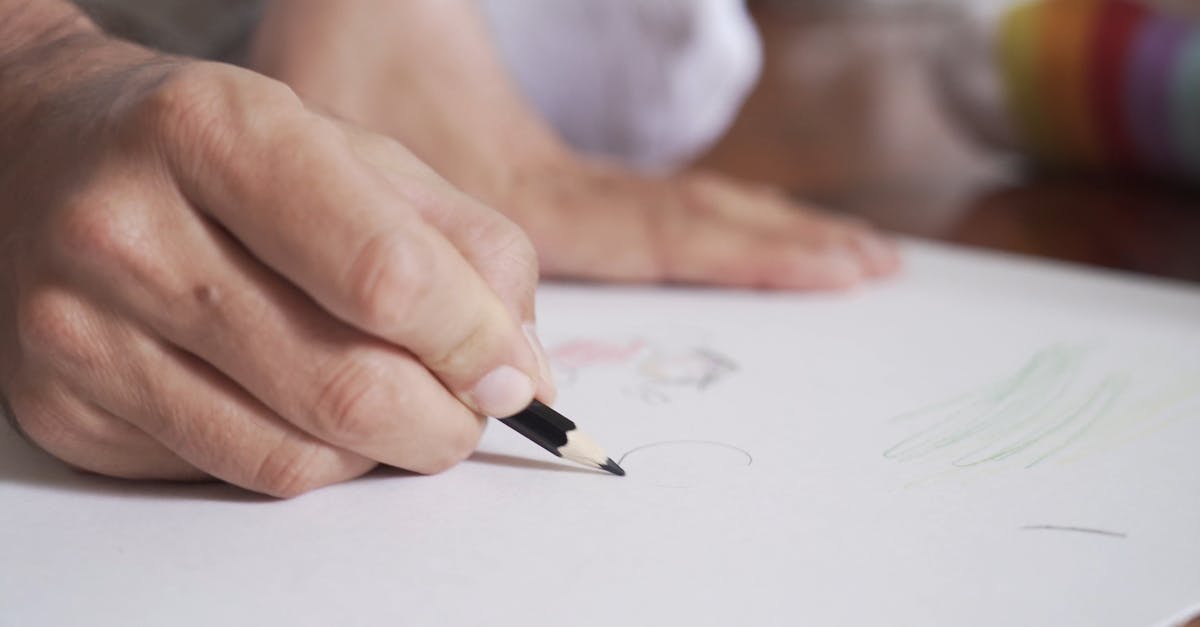Art and design have long been more than just creative outlets; they can also be powerful tools for emotional well-being. Increasingly, people are turning to creative practices as part of psychotherapy Dublin services and beyond, finding that the act of making art provides a safe space for reflection, healing, and personal growth.
The Connection Between Creativity and Healing
Psychotherapy is often associated with talking, but not everyone finds words an easy medium for expressing complex feelings. Art therapy bridges this gap. Through painting, drawing, sculpture, or design, individuals can externalise emotions that may feel too heavy, confusing, or hidden to articulate verbally. This process can reveal unspoken thoughts, reduce stress, and promote self-understanding.
Design elements such as colour, form, and structure also play a role in how people process emotions. For example, bold, energetic lines might express anger or frustration, while soft textures and harmonious tones can communicate calm or hope.
Art as a Non-Verbal Language
Art functions as a language of its own, one that is not bound by grammar or cultural barriers. In therapeutic contexts, this non-verbal language enables people to tell their stories without pressure to “say the right thing.” A collage made from fragmented pieces, for instance, can symbolise feelings of brokenness, while an abstract painting may embody inner chaos.
For those dealing with trauma, loss, or anxiety, the ability to create without judgment opens a door to healing. The therapist then helps interpret the artistic choices, linking them with underlying emotions and guiding the client towards greater clarity.
Design Principles in Therapeutic Practice
While art therapy is well known, design also plays a significant role in healing environments. The way space, light, and structure are arranged can impact emotional well-being. Hospitals, counselling rooms, and public spaces increasingly incorporate design elements that support calmness and recovery.
Minimalist layouts reduce sensory overload, natural materials connect people to grounding elements, and thoughtful use of colour supports different moods. In this way, design becomes part of the therapeutic process, shaping the environment in which individuals feel safe to explore themselves.
Psychotherapy in Dublin and Local Relevance
In Dublin, there is growing recognition of the value of integrating art and design into therapeutic practice. The city is home to a diverse creative community, making it an ideal place for the development of such approaches. Many practitioners now offer sessions that combine traditional psychotherapy with creative exercises, appealing to those who find standard talking therapies limiting.
Workshops in Dublin often blend local cultural identity with therapeutic aims. This creates opportunities for people to engage with their heritage while also tending to their personal well-being. Public art spaces, galleries, and community centres provide accessible locations for therapeutic art sessions, making healing through creativity more widely available.
Emotional and Social Benefits
Engaging in art and design therapy does not only help with personal healing; it also strengthens social bonds. Group sessions encourage participants to share their work, exchange perspectives, and find comfort in collective experiences.
For children, art therapy supports emotional development, helping them communicate feelings they cannot yet verbalise. For adults, it can provide relief from the pressures of modern life, easing anxiety and fostering resilience. Older individuals may also use creative practices to reconnect with memories and maintain cognitive agility.
Overcoming Barriers Through Creativity
Not everyone enters therapy ready to open up about personal struggles. Creative expression offers a more approachable entry point. Making art can feel less intimidating than sharing deeply personal experiences with a stranger. Over time, the act of creating becomes a bridge, making verbal discussion easier.
This gradual process of trust and expression is central to healing. It demonstrates that psychotherapy is not just about analysing the past but also about finding ways to live more fully in the present.
A Path Towards Wholeness
Psychotherapy through art and design transforms creativity into a source of strength. It allows people to see their emotions outside themselves, reorganise their experiences, and reimagine their futures. Whether through a painting that reflects grief or a design that evokes peace, the creative process makes healing tangible.
For those in Dublin and elsewhere, this approach provides an inclusive, compassionate, and innovative way to confront challenges. By merging psychology with creativity, psychotherapy in art and design reaffirms that healing is not only about words—it is about creating space for the human spirit to be expressed and understood.

